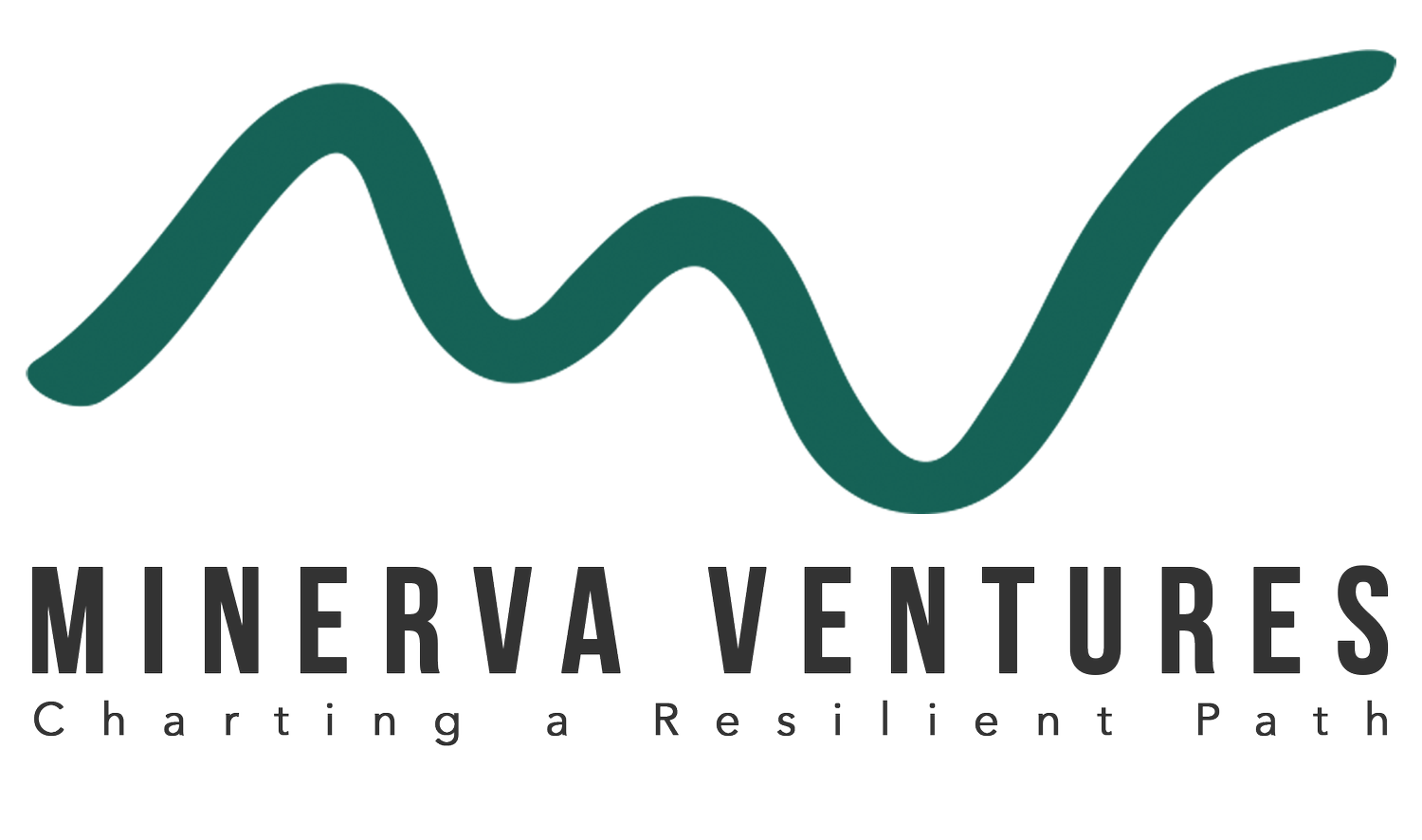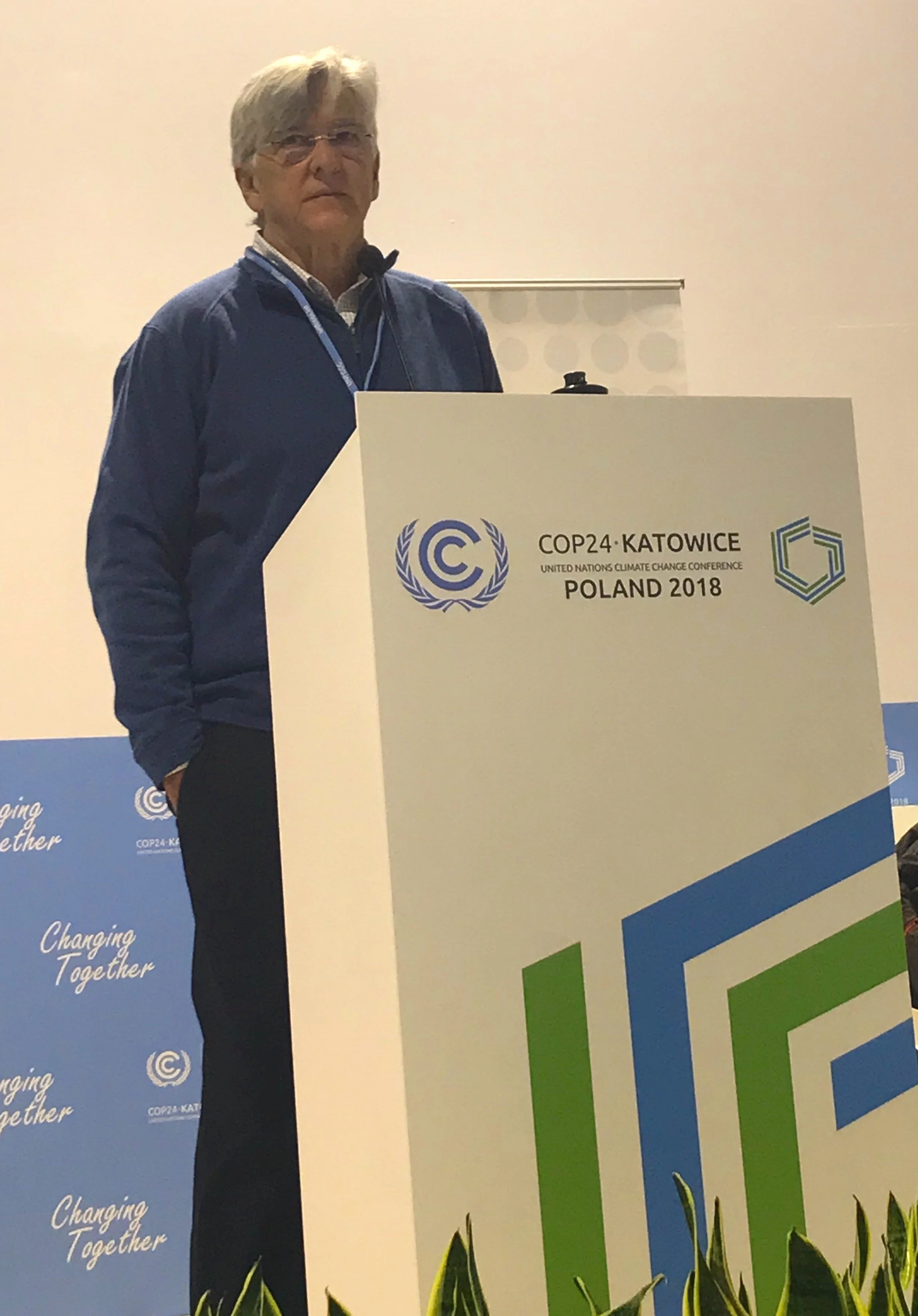COP 24: Finding Consensus on the Brink of Failure
A first-hand account of the climate meetings in Poland
The UN Congress of Parties (COP 24) climate meetings were held in Katowice, Poland from 3-12, December 2018. The conference was convened to finalize the rules for countries to monitor and to cut emissions ahead of 2020. The COP 24 conference also agreed on the need for transparency around richer nation’s assistance to poorer countries. The Agreement at COP 24 provided a process for countries that are struggling to meet their emissions goals to get help in getting back on track. When world leaders signed the Paris agreement in 2015, they said they would try to limit the rise in global temperatures to roughly 1.5 degrees Celsius, or 2.7 degrees Fahrenheit, above preindustrial levels to avoid climate-related disasters like widespread food shortages and mass coral die-offs.
But with global fossil-fuel emissions still rising each year, we are now likely to exceed that temperature threshold in the next 30 to 35 years. Currently, the world is on pace for around 3 degrees Celsius of warming or more by 2100, bringing far higher risks of deadly heat waves, floods, the collapse of polar ice caps and other potential calamities.
The rule book agreed to in Poland provoked fierce debate. Some developing countries argued that they should be given much more leeway in how they report and track their progress, especially if they have limited technical capacity to measure their emissions. Other countries, like the United States and Europe, were leery of holding countries like China, India and others to a lower standard because developing nations account for 60 percent of global emissions today.
Funding for climate-related actions was also a key sticking point. India and African countries, for example, have long insisted that wealthy nations need to provide more financing to help poorer governments shift to clean energy or adapt to the impacts of global warming. They have pushed for much more detailed pledges on aid.
After a long and intense negotiation that first appeared to be mired in a political turf battle, almost 200 countries concluded an agreement keep the Paris climate agreement alive by adopting a single detailed set of rules to implement the pact.
Aside from these official negotiations, COP 24 held over 100 side events, where observing organizations, such as non-governmental organizations, scientists, and other “non-party stakeholders” discussed a wide range of climate issues. These discussions focused on the actions which must come from not just national governments, but also from communities, regions, businesses and investors. These side events presented information and action on climate mitigation, land use planning, capacity building, climate finance, climate technology, education & youth, local communities and indigenous people’s platform, and gender.
COP 24 is an enormous meeting, with nearly 30,000 participants in Katowice. The entire 96,900 square meter (1.04 million square feet!!) complex comprised of the International Conference Center, the Spodek meeting location, and multiple temporary meeting rooms. The Spodek (saucer in Polish) resembles a 1930’s style Buck Rogers spaceship which landed in the City center!
The Spodek
Under the auspices of The Rockies Institute, a Canadian NGO, Karl Van Orsdol had the opportunity to present their research on the impacts of climate change on rural and indigenous communities at the UN Action Hub, a circular venue in the heart of the COP 24’s center. The Action Hub was designed to provide a space to showcase and appraise climate action initiatives.
Karl presented his research with the Nama peoples of Kuboes in northwestern South Africa which was funded by The Rockies Institute. A blog describing the work in South Africa in detail can be found on the Minerva website at http://www.minervaventures.com/blog/2018/7/3/report-from-karl-van-orsdol-in-the-northern-cape-province-south-africa. The Nama are traditional pastoralists whose culture and social norms are based on herding sheep and goats. The Nama herders in Kuboes have been limited in their range by the establishment of the Richtersveld National Park and the UNESCO World Heritage Site. Being hemmed in geographically, the Nama have felt the impact of a changing climate on their social, cultural and economic well-being. Rainfall has dropped by 50% in the past 5 years, as a drought has ravaged all of southern Africa. In addition, a new climate-related phenomenon developed a harsh easterly wind that further dries out the landscape and buries critical vegetation that normally supports the Nama herders. In the face of such deteriorating forage, over 50% of the Nama have given up their traditional lifestyles and abandoned pastoralism altogether. In Kuboes, income from grazing dropped dramatically, so over 70% of the population lives below the South African poverty definition. The community experiences stress from this change, making it difficult to pass down wisdom from elders to the younger generation. The climate challenges facing the Nama and our work with them are highlighted in the short movie shown at COP24 and can be found at https://www.youtube.com/watch?v=PSuKl_Lnmw8&feature=share.
This short documentary highlights the methodology of a collaborative study by the Agricultural Research Council, SanParks and The Rockies Institute (Canada) of the vulnerability of the community of Khuboes to climate change. More than 100 head of households were interviewed by a team of five University of the Western Cape students and five trained community members from Khuboes.
Karl Van Orsdol, Ph.D. presenting research results at COP24.
Karl wishes to thank The Rockies Institute for funding the Nama research project and the Canadian Government for financial support to the COP 24 meeting.


